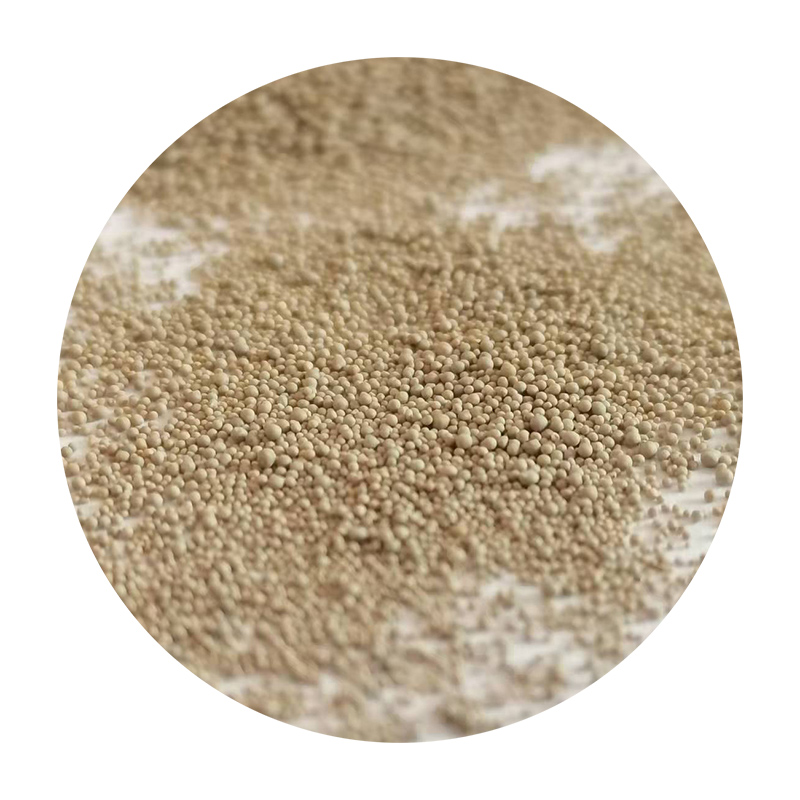Sand Casting Manufacturing Process Sand casting is a versatile and widely used manufacturing process that involves creating metal parts by pouring molten metal into a mold made from sand
. This method is particularly beneficial for producing complex shapes and large parts in various sizes and materials, making it an essential technology in various industries such as automotive, aerospace, and construction.
The sand casting process begins with the creation of a pattern, which is a replica of the final product. Patterns are typically made from metal, wood, or plastic and are designed with certain allowances for shrinkage of the metal as it cools and solidifies. The pattern is then used to form the mold, which consists of two halves the cope (top half) and the drag (bottom half).
To create the mold, sand is mixed with a binding agent, often clay, and water. This mixture is packed tightly around the pattern to form the mold halves. The sand needs to be compact enough to hold its shape when the pattern is removed, yet pliable enough to facilitate the removal process. Once the mold halves are prepared, the pattern is taken out, leaving behind a cavity that mirrors the shape of the intended part.
sand casting manufacturing process

Next, the two halves of the mold are assembled and secured, often using pins or clamps to ensure they stay in place during pouring. At this stage, any additional features, such as risers and gates, are incorporated. Risers allow for the addition of molten metal, compensating for shrinkage, while gates guide the flow of the molten metal into the mold cavity.
The next step is to melt the metal, which can vary depending on the requirements of the component being produced. Common metals used in sand casting include aluminum, iron, and bronze. Once the metal reaches its liquid state, it is poured into the mold through the gates. This process must be carefully controlled to avoid defects like air pockets or incomplete fills.
After the molten metal is poured and allowed to cool, the mold is broken away to reveal the cast part. This stage can also involve shaking out the sand or using mechanical methods to separate the mold from the metal. The resulting cast part often requires finishing processes, such as machining, grinding, or polishing, to achieve the desired surface quality and dimensions.
Sand casting is advantageous due to its low tooling costs, ability to produce large and complex castings, and suitability for a wide variety of metals. However, it also has some limitations, including surface finish and dimensional accuracy when compared to other methods like investment casting. Nevertheless, its flexibility and efficiency make sand casting a popular choice in the manufacturing industry, contributing to the production of countless components that are vital to various technological and industrial applications.
Post time:11-р сар . 04, 2024 15:58
Next:Resin Coated Sand Production Techniques for Enhanced Performance and Quality
